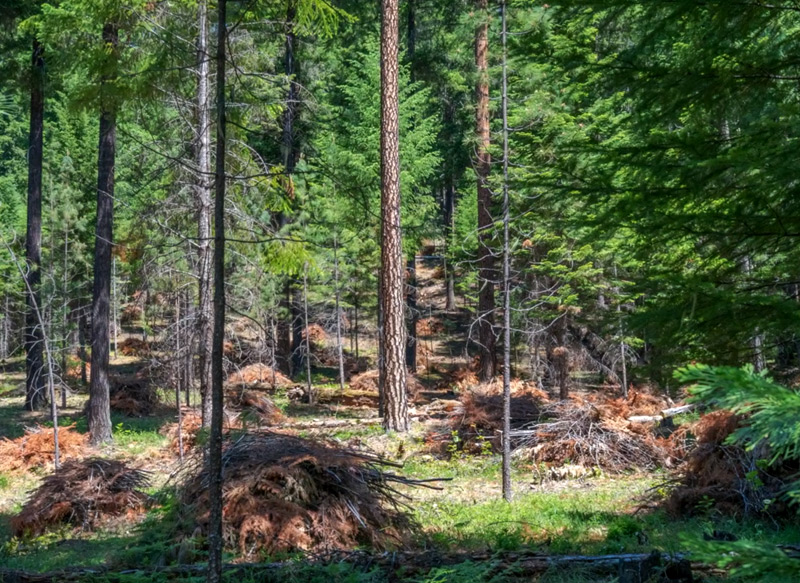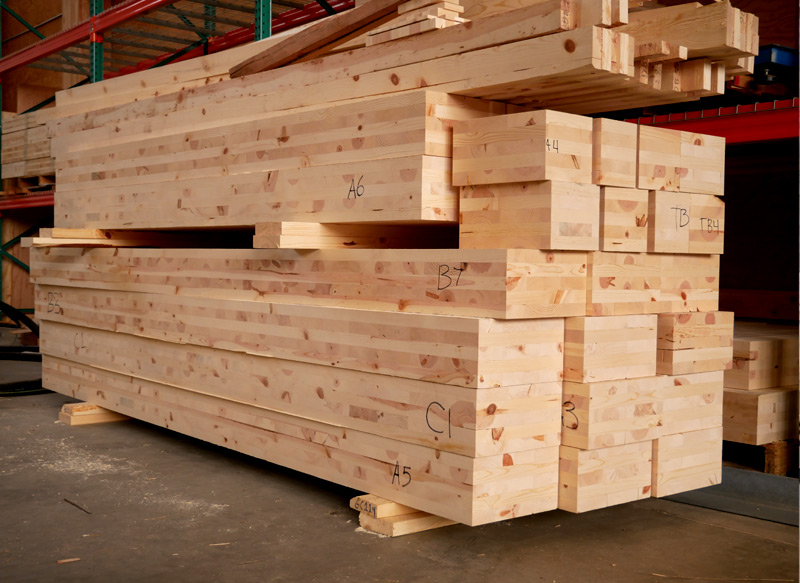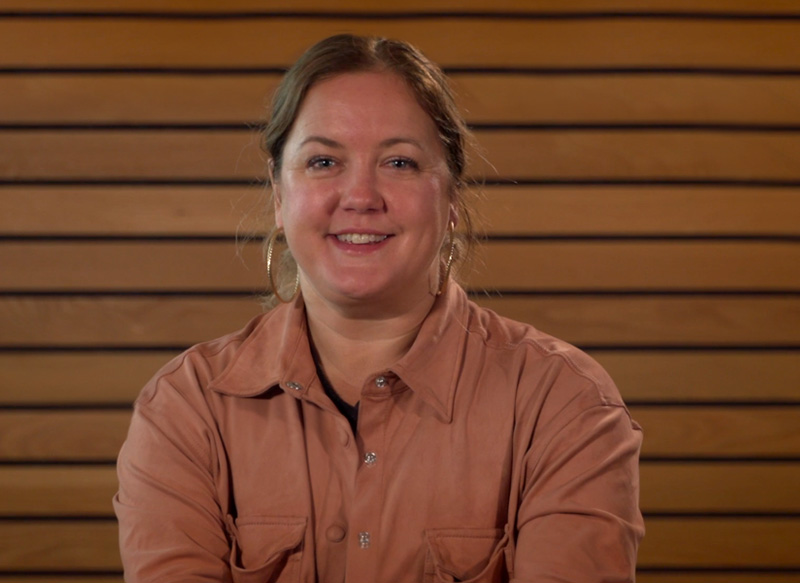Mass Timber
Oregon is at the center of the growing mass timber industry.
The Port of Portland, as part of the Oregon Mass Timber Coalition, is helping lead a bold investment in mass timber housing that will expand affordable housing, create good jobs in urban and rural communities, and support forest restoration and climate resilience. We’re developing Terminal 2 as a hub for innovation in this growing industry — and we’re looking for partners to join us.
Mass timber is an emerging and transformative category of advanced wood products.
Benefits of Mass Timber
Compared to concrete and steel, mass timber is quicker to build, uses far less energy, stores carbon, and connects occupants to nature. The mass timber industry is bringing affordable housing options and good paying jobs to the region.
JOBS
With investments in mass timber, thousands of new jobs in forestry, construction and advanced manufacturing stand to be created in rural and urban communities.

Housing
Mass timber housing is quick to build, attractive, and cost-competitive with traditional construction. Mass timber housing is essential to address Oregon's housing crisis.
Forest health
Sustainably sourced mass timber can support forest restoration efforts and contribute to improved forest health. By sourcing fiber from forest restoration, mass timber can reduce the risk of wildfires and help address climate change.

T2 Mass timber innovation hub
A new factory, research lab, and fabrication facility is expected to be constructed at the T2 Mass Timber Innovation Hub - advancing the development of sustainable, innovative and cost effective housing units made from mass timber.
More information
Research and innovation
The TallWood Design Institute will work with industry leaders to improve the performance and lower the costs of mass timber products and housing systems, testing them for structural strength, acoustics, fire and weather resistance and energy efficiency.
Workforce training
New technologies require employees with new skills. Building from a collaborative bi-state partnership with industry experts and workforce training partners (including Forterra, regional community colleges and Workforce Systems), urban and rural Oregonians with forestry, construction or advanced manufacturing skills will be connected to job opportunities at training centers around the state.


Sustainable sourcing
Led by Oregon State University and the Oregon Department of Forestry, sustainably sourcing wood for mass timber products will add much-needed raw material to a expanding industry and support forest restoration and fire resiliency.
Model codes
Oregon's Department of Land Conservation and Development will create model zoning and development codes that will make it easier to build mass timber modular housing throughout the state -- and can also be used as a model nationwide.

Mass timber is an engineered wood product that offers improved speed of construction, digital fabrication, renewable material and connection to nature. The lumber used in mass timber can support forest resilience and reduced fire risk.
Cost advantages
While mass timber uses more wood fiber than conventional light-wood-frame construction, it has significant cost advantages due to savings in construction time, energy efficiency (tight thermal envelope), fewer finishes and digital workflows used in prefabrication.
Wildlife management
Unlike the type of lumber typically needed for construction projects, mass timber products can be created from smaller, lower value timber – including the kind of timber that is prevalent in overstocked, fire-prone forests. Sourcing timber from these forests can have the same benefit as other wildfire management practices such as forest thinning.
Track and trace
The Oregon Mass Timber Coalition is committed to developing a robust ‘track and trace’ program to support forest restoration efforts and bring transparency and accountability to the wood supply chain.

FAQs
The OMTC applied for a Build Back Better Regional Challenge (BBBRC) grant to develop the emerging mass timber industry and create rural and urban jobs that utilize sustainable wood products grown and manufactured in Oregon.
Created under the American Rescue Plan Act in response to the coronavirus pandemic, the U.S. Economic Development Administration's (EDA) BBBRC grant program aims to support community-led economic development and build strong regional economies that are resilient to future shocks.
OMTC was awarded a $500,000 BBBRC grant in December 2021 to plan a mass timber modular manufacturing facility (Phase 1) and was invited to apply for additional funding (Phase 2).
In September 2022, the EDA awarded the coalition a final BBBRC grant of $41.4 million for facility infrastructure and site preparation costs, R&D, fiber mapping, smart forestry, workforce training, and updating local building codes.
The OMTC projects will create shared prosperity for the thousands of Oregonians who will join the mass timber workforce.
- Jobs: The development of mass timber modular homes will create an estimated 17,000 jobs for Oregonians.
- Housing: Oregon's growing housing crisis affects the entire state. It is stressing working families and those on fixed incomes. This is exacerbated in areas affected by changing climate; the homes of 4,300 Oregon households were destroyed by the 2020 Labor Day wildfires.
- Small Business: OMTC is committed to empowering workers, business owners, entrepreneurs, and service providers in the project through the creation of a steering and oversight committee.
- The oversight committee will guide the OMTC in setting priorities in RFPs, contracting, subcontracting, and service delivery for both private and nonprofit sector involvement in the project.
With funding provided by the Oregon State Legislature, Hacienda Community Development Corporation (CDC) launched a modular home construction pilot facility at the Port of Portland’s Terminal 2 (T2) to prototype modular homes, demonstrate what is possible, and build on learnings.
The mass timber modular house prototypes were developed, manufactured and deployed to Oregon communities.





